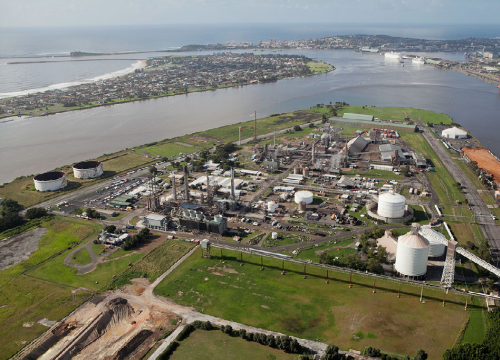
Australia-first technology is starting to be installed at Kooragang Island today which will reduce the greenhouse gas emissions at Orica’s site by nearly 50 per cent.
Orica, a company that supplies explosives, mining chemicals and blasting systems, announced the $37 million Decarbonisation Project last year which will see three ‘reactor vessels’ and the associated equipment installed which will work to destroy nitrous oxide.
Viewed as a long-term aid for emissions reduction in high-pressure nitric acid manufacturing plants, the tertiary catalyst abatement technology utilises catalytic decomposition to destroy nitrous oxide emissions which are the main source of emissions at the Kooragang Island plant.
The technology will be installed across all three nitric acid manufacturing plants used in the production of ammonium nitrate at Kooragang Island and is designed to eliminate at least 567,000 tCO2e per year from the site’s operations. It is expected to reduce the site’s total emissions by 48% and deliver a cumulative emissions reduction of at least 4.7 MtCO2e by 2030 based on forecast production.
The first of three ‘reactor vessels’ was installed at the site today marking the first major milestone of the project. It was lifted into place with a crane and will be operational by October.
The other two vessels will be delivered progressively over the next nine months with the whole project online by mid-2023.
Orica Managing Director and Chief Executive Officer, Sanjeev Gandhi said when the project was announced last year that the project was a powerful example of achieving 2023 emission reduction targets.
“The project ensures our domestic manufacturing operations remain competitive in a low carbon economy, bringing with it significant environment and regional economic and social benefits.”
“There are also benefits for our customers, by reducing the emissions intensity of our ammonium nitrate we are in a position to offer competitive and lower-carbon intensity ammonium nitrate products, helping them to achieve their sustainability goals.”
“It also allows us to look at longer-term investments in technologies, including production of hydrogen from renewable energy.”

